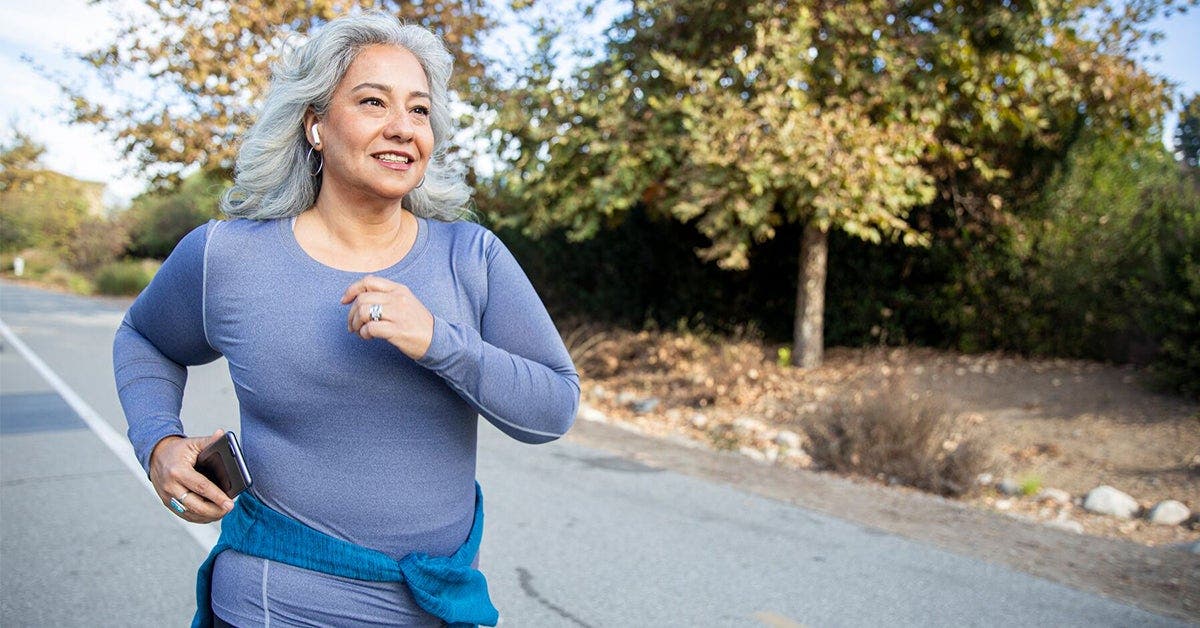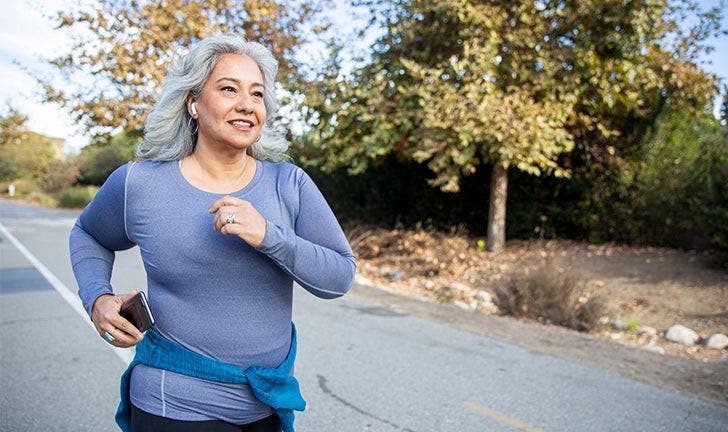Myth Busting: Spot Reduction


“Despite what the late-night infomercials would have you believe, you can’t spot reduce,” says Robert S. Herbst, a personal trainer, powerlifter, and wellness expert.
“While many programs focus on carving out a six-pack or defining the biceps, the truth of the matter is that spot reduction doesn’t actually work,” agrees Hannah Daugherty, a NASM- and ACE-certified personal trainer and health coach.
Why you can’t spot-reduce
Dr. Shannon Ritchey, a doctor of physical therapy, fitness trainer, and owner of Evlo Fitness, explains why spot reduction doesn’t work.
“You oxidize fat when your body does not have available blood glucose and needs additional energy. This happens in various places throughout your body, based on genetics and hormones. So, you may lose more fat in certain areas than others, but it isn’t something that you have a lot of control over.”
Daugherty adds, “Yes, we might have areas of the body that we’d like to focus on, such as strengthening the upper back or toning the legs, however, working specifically to tone one particular spot on the body doesn’t work the way we think it would. Trying to do several tricep dips over the course of time will make your triceps stronger but won’t be diminishing the fat in that specific area.”
How to burn fat
“The best way to burn fat is to lift weights, performing compound lifts such as squats, lunges, deadlifts, and bench press, which use the major muscle groups,” Herbst explains. “This raises your metabolism for 48-72 hours afterwards as your body rebuilds muscle that was broken down during the exercise and builds new muscle in anticipation of greater loads in the future. That new muscle is itself metabolically active and burns calories even when at rest. With weightlifting, one turns themself into a fat-burning furnace.”
The best course of action to reduce body fat while also toning and strengthening the body, Daugherty adds, is to do full-body aerobic activities, along with strength exercises that incorporate large muscle groups.
“This could look like swimming and running, along with deadlifts and squat cleans; these exercises work the entire body, which will help burn fat and strengthen muscles.”
According to Ritchey, nutrition and building muscle will be your best friends if you’re looking to lose fat and gain muscle.
“The best way to lose fat and gain muscle (aka ‘tone up’) is through body recomposition. This is something that happens more quickly if you’re newer to exercise and have more fat to lose, but is still not a ‘quick fix.’ However, this is truly a process that is sustainable and healthy for the long term, since you won’t be over-exercising or severely restricting calories.”
Ritchey explains: “Body recomposition happens with a slight calorie deficit, eating enough protein and strength training. Cardio is good for your heart health, and 10- to 30-minute daily walks are suggested in addition to your resistance training, but cardio won’t move the needle as much as you’d think for weight loss.”
The reason behind this is something called the constrained total energy expenditure model.
“This model suggests that your body generally stays within a narrow window of calorie expenditure throughout your week,” Ritchey says. “If you burn more calories in your workout, your body ‘borrows’ from other processes like digestion to keep your expenditure relatively level. So if burning calories isn’t as important as we thought, what actually moves the needle?”
This is where nutrition and building muscle come in.
“Use nutrition for the fat loss, and resistance training for the muscle building. How many calories you burn in your workouts doesn’t matter much – what matters is that you are getting close to muscular failure in each set you are completing. For example, if you are doing bicep curls, you want to use enough resistance and continue to curl until you have maybe 3-4 reps left in the tank. You can apply this to each muscle in your body.”
When you combine this type of resistance training with a slight calorie deficit and a high-protein diet, you can achieve body recomposition.
“You don’t have to resistance train every day, either,” she adds. “I personally take two days off resistance training each week. I find this gives my body proper recovery time and helps me avoid burnout.”
